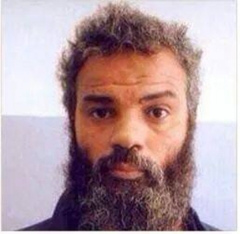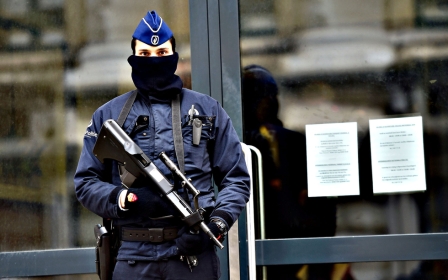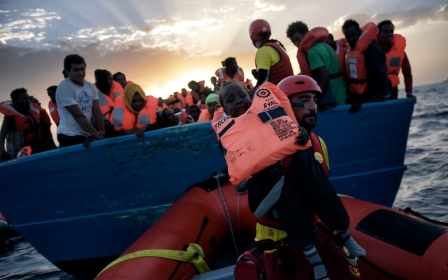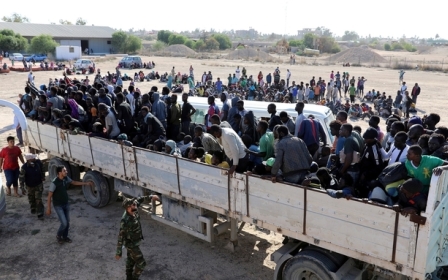Libyan militant cleared of US envoy's murder in Benghazi, convicted of terror
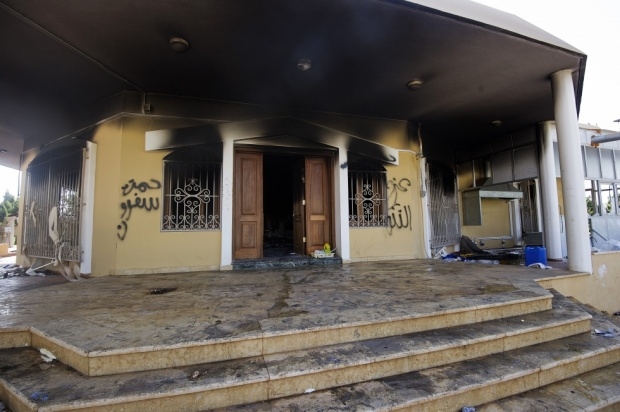
A US jury on Tuesday acquitted accused militant Ahmed Abu Khatallah of the most serious charges he faced in connection with a 2012 attack on a diplomatic compound in Benghazi, Libya that killed US Ambassador Christopher Stevens and three other Americans.
He was convicted on one count of conspiracy to provide material support to terrorists, one count of providing material support to terrorists, one count of maliciously destroying property and one count of using and carrying a semi-automatic weapon during a violent crime, according to a spokesman for the US Attorney's Office for the District of Columbia.
The jury reached its verdict after five days of deliberations.
Khatallah is the first person to be tried in connection with the 2012 attack in Benghazi. A second person alleged to be involved, Mustafa al-Imam, made his first court appearance earlier this month.
The attack, which coincided with the 11th anniversary of 9/11, was carried out by some 20 men armed with grenades and heavy weapons.
Stevens and the second State Department official, Sean Smith, died of smoke inhalation after the consulate caught fire, while the two CIA contractors, Glen Doherty and Tyrone Woods, were killed in the firefight by mortar rounds.
The case marks a major test of the government's ability to capture and try alleged terrorists in civilian courts rather than military proceedings.
Prosecutors acknowledged that Khatallah did not directly participate in the attack on the US consulate or nearby CIA annex. Rather, they sought to convince the jury that he helped orchestrate it behind the scenes.
He was first questioned by US intelligence officials and later by the FBI. Khatallah waived his right to speak first with an attorney, and prosecutors used his statements in the trial.
They also presented evidence including phone records showing that the defendant made calls to his associates right before they were captured on grainy videos participating in the attack and testimony from a variety of witnesses.
Defence attorneys for Khatallah said the witnesses lacked credibility, especially one witness who was paid $7 million to inform on their client and lure to him the place where he was captured.
In August, the court ruled against his lawyers' motion to suppress whatever he told his interrogators as evidence because his rights to remain silent, knowing the charges against him, and having a lawyer present were violated.
His lawyers also argued that the lengthy 13-day trip by ship back to the United States was part of a scheme to extract information from him without legal protections.
Khatallah faces a statutory minimum sentence of 15 years in prison for each of the two terrorism charges, 20 years for the property destruction charge and 10 years for the firearms offence.
The Benghazi attack led to a political firestorm in Washington that factored into the 2016 presidential elections, where Republicans repeatedly accused then-secretary of state Hillary Clinton of failing to adequately protect the diplomatic compound.
Middle East Eye propose une couverture et une analyse indépendantes et incomparables du Moyen-Orient, de l’Afrique du Nord et d’autres régions du monde. Pour en savoir plus sur la reprise de ce contenu et les frais qui s’appliquent, veuillez remplir ce formulaire [en anglais]. Pour en savoir plus sur MEE, cliquez ici [en anglais].


